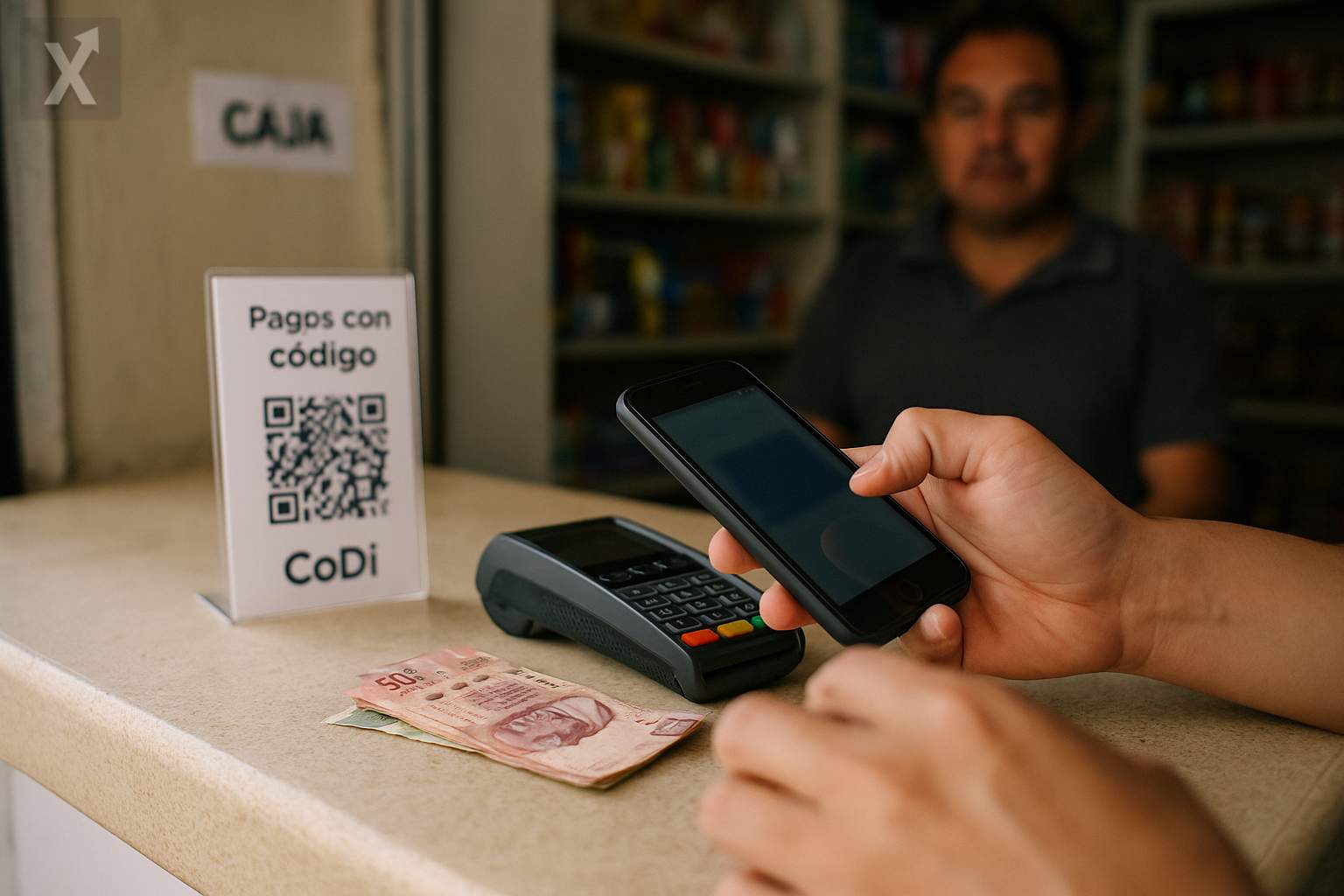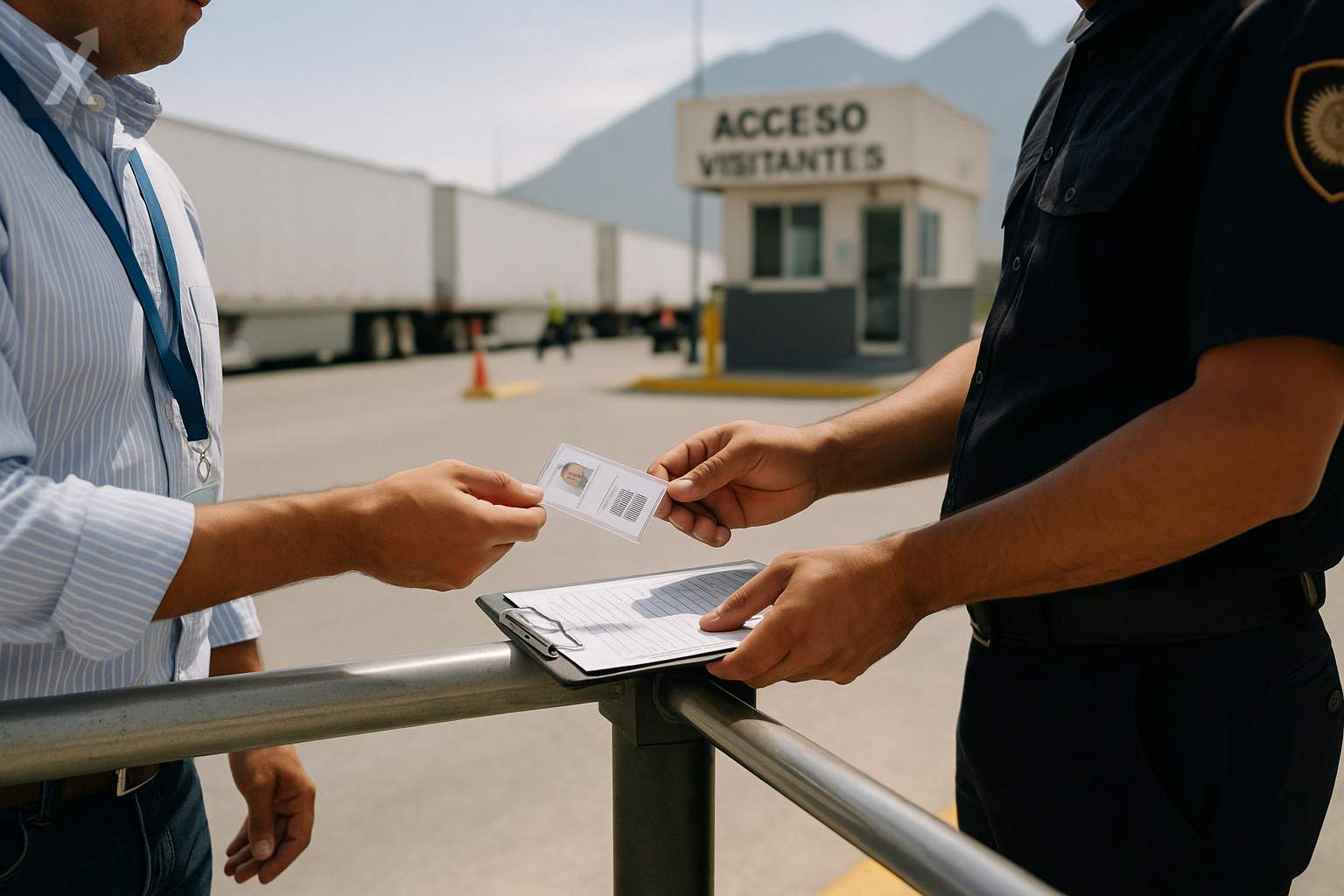BBVA Doubles Down on Its AI-Powered, Hyper-Personalized App; Users Question Usability and Learning Curve

BBVA Mexico defended the redesign of its mobile application during its third-quarter earnings presentation, following several weeks of criticism on social media over navigation changes and usability. The institution maintains that this is a natural transition and that, over time, customers will appreciate an experience powered by artificial intelligence (AI) that "adapts" the interface for each individual. The bank emphasizes that it is no longer a single app for its entire user base, but rather millions of versions tailored to each user’s habits and preferences.
The update features simplified payment and transfer flows, CoDi-enabled transactions, an AI-powered virtual assistant, and modules that prioritize each user’s most frequent functions. Essentially, the platform reorganizes content based on individual activity, promising to reduce friction and speed up mobile banking as the app learns each user's behavior patterns.
However, user reactions have been mixed. Common complaints include difficulties finding features that used to be “one tap” away, extra steps for everyday transactions, and personalization that— in some cases— doesn’t work as expected. The debate has been accompanied by memes, videos, and comments comparing the previous version— seen as more straightforward— to the new interface.
This episode takes place in a financial system that has accelerated digitalization in recent years. Mexico has seen steady growth in electronic transfers and instant payments via SPEI, while CoDi continues to expand from a still-limited base. As the market leader in terms of number of clients and digital transaction volume, BBVA competes with banks and fintechs that have set a high bar for user experience design. In this context, interface changes to a mass-market app have immediate effects on the perception of service quality.
Beyond UX, AI introduces regulatory and trust-related challenges. Authorities such as Condusef and CNBV have stressed the need for clear user support practices, effective complaint management, and robust data protection. Hyperpersonalization demands explainability, safeguarding of sensitive information, and operational consistency. It also raises inclusion challenges: stable experiences on entry-level devices, accessibility for seniors, and designs that work well on mobile networks with fluctuating coverage.
For BBVA, the short term might bring pressure on satisfaction, retention, and recurring usage indicators if friction persists. At the same time, the bank aims to capitalize on personalization to foster deeper engagement, cross-selling, and contextual financial education— such as savings reminders or spending alerts— if it can fine-tune the app without overwhelming users.
Smooth adoption of digital payments is highly relevant for the economy: it reduces cash handling costs, provides traceability, and can promote the formalization of small businesses if the experience is reliable and affordable. In an environment where monetary conditions remain tight and consumers still feel the effects of past inflation, operational efficiency and digital service quality weigh heavily in the competition for deposits, consumer credit, and payment methods.
In summary, BBVA is betting on a fundamental change that, while aligned with global trends in AI-powered banking, will depend for its success on interface clarity, technical stability, and customer transparency. The final outcome will depend on how quickly the app addresses user pain points and whether personalization truly simplifies—rather than complicates—the daily financial lives of millions of users.






